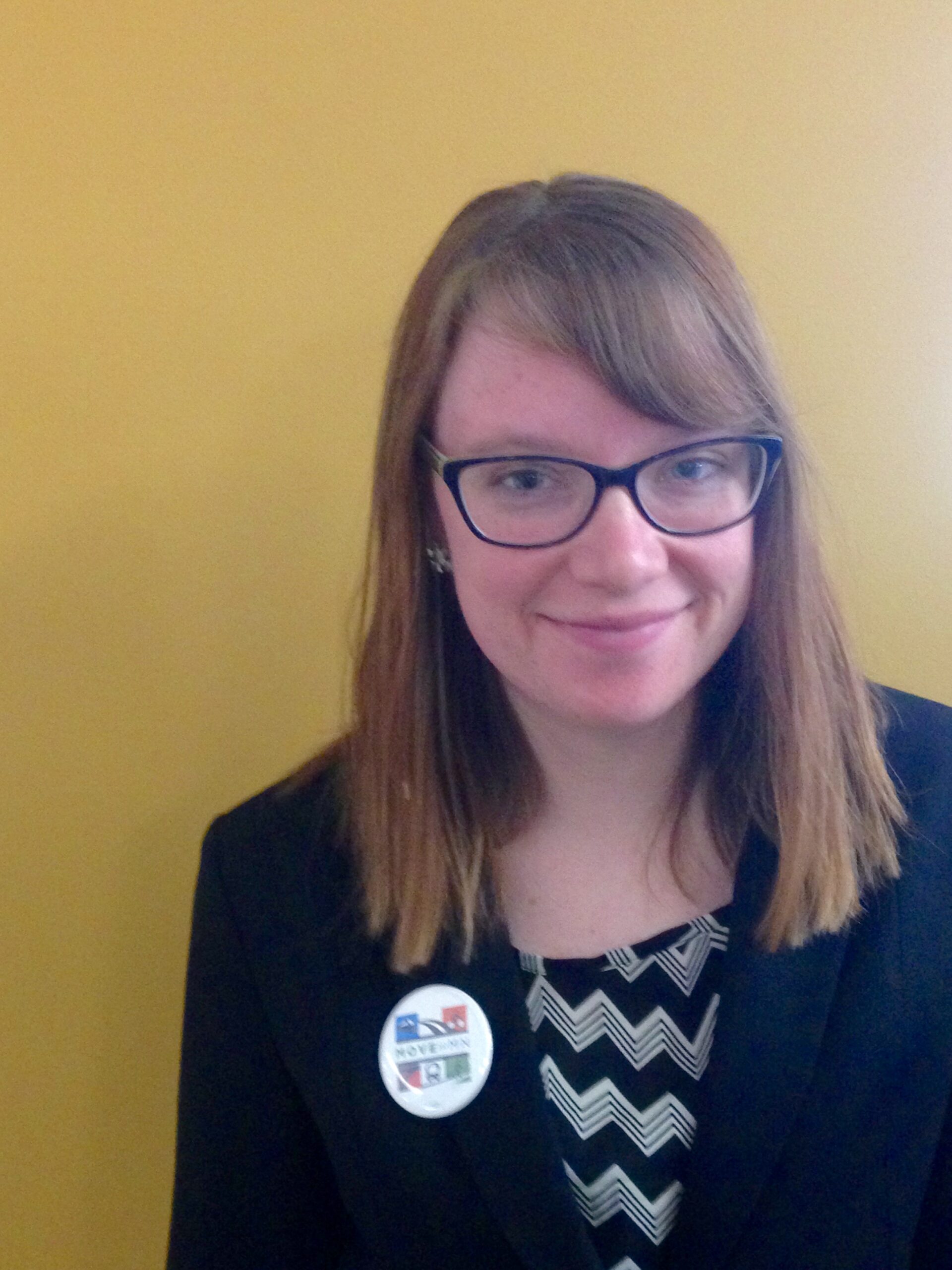 Every year when the legislative session starts, we begin to look at our priorities for Minnesota, considering how we can continue to improve our state. Many of these conversations are held separately, being examined in silos, while in truth many are deeply intertwined. As we discuss how to fix Minnesota’s transportation system in one sphere, we are simultaneously discussing climate change elsewhere, but these two issues affect each other and must be solved together. When investing in transportation, we cannot ignore the significant impact it may have on our climate.
Every year when the legislative session starts, we begin to look at our priorities for Minnesota, considering how we can continue to improve our state. Many of these conversations are held separately, being examined in silos, while in truth many are deeply intertwined. As we discuss how to fix Minnesota’s transportation system in one sphere, we are simultaneously discussing climate change elsewhere, but these two issues affect each other and must be solved together. When investing in transportation, we cannot ignore the significant impact it may have on our climate.
We are already beginning to see the effects of climate change, with severe droughts, extreme weather events, and irreversible damage to ecosystems. There are already climate refugees from low lying islands who have to be relocated to escape rising sea levels, and there is no doubt we will see more and more. All of this makes it obvious that we need to take serious action now, in every sector. We must tackle every source of greenhouse gas emissions we can, and cars are no exception. Cars not only release harmful pollutants that can cause asthma and other respiratory problems, especially among children, but also significant amounts of greenhouse gases. Cars and other forms of transportation are responsible for almost a quarter of carbon pollution in Minnesota, second only to the power sector. The average car emits about 10,000 pounds of CO2 a year, which means moving away from heavy car use has the potential to put a big dent in our carbon emissions.
As a student with no car and as someone who cares about combatting pollution and climate change, the need for an effective transit system could not be clearer to me. We cannot ask people to simply drive less if no alternative is provided, especially for folks who have to travel long distances for work or to the grocery store. By creating a comprehensive public transit infrastructure with light rail, bus rapid transit, and trains -to name a few- we would be making transit the transportation option of choice. Cars are dangerous, expensive, and terrible for the environment, but right now they can get you where you need to go three to four times faster than transit can, even in the metro area, and that can make all the difference in the world. Waiting to transfer to a bus that only comes every 30 minutes is bad enough when the weather is good, but it can be excruciating in the Minnesota winter. Heat lamps aren’t even available at many stops, especially those in low income communities, which are often the most transit dependent. We cannot ignore the needs of those who already use transit as we develop infrastructure that will encourage more people to leave cars behind.
While effective and equitable public transit is a major component of reducing pollutants in transportation, walking and biking provide zero-carbon modes of travel, not to mention healthy ones. With our current roads, biking and walking can prove dangerous and unappealing. To encourage these options we need to create streets that benefit all who wish to use them, through changes in road, sidewalk, and bike lane structure.
Environmentally friendly forms of transportation don’t appear magically, they happen through investment in new infrastructure and improvement of old systems. We must pass legislation that would allow for the creation of a 21st century transit system that quickly gets folks where they need to go and puts less stress on our roads, our wallets, and our environment.